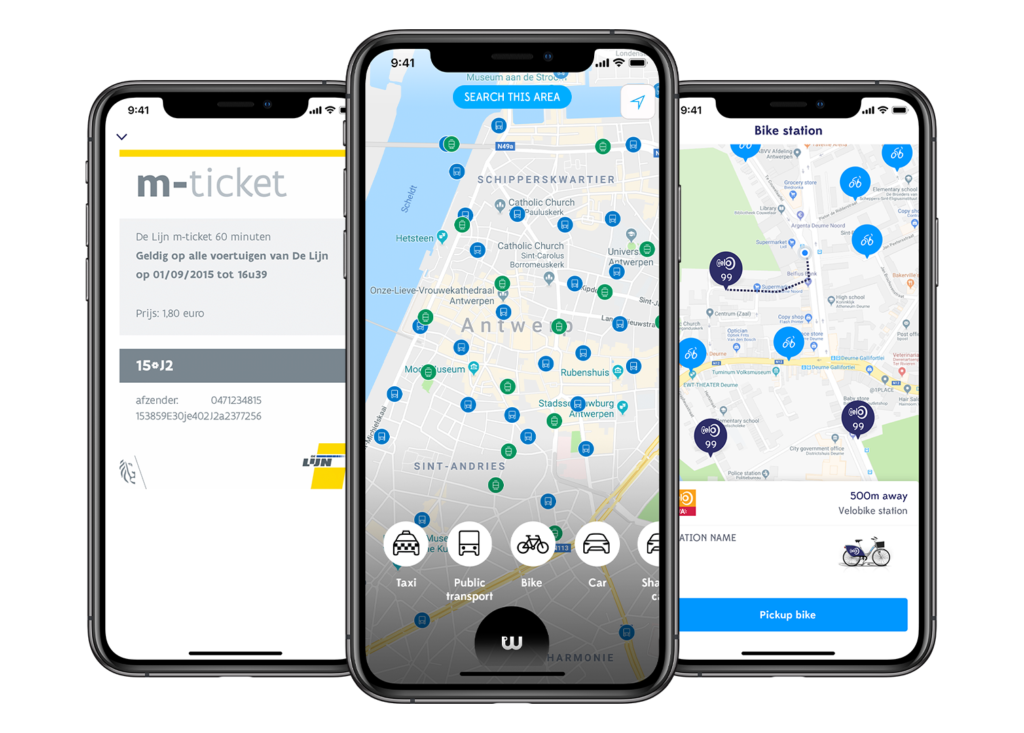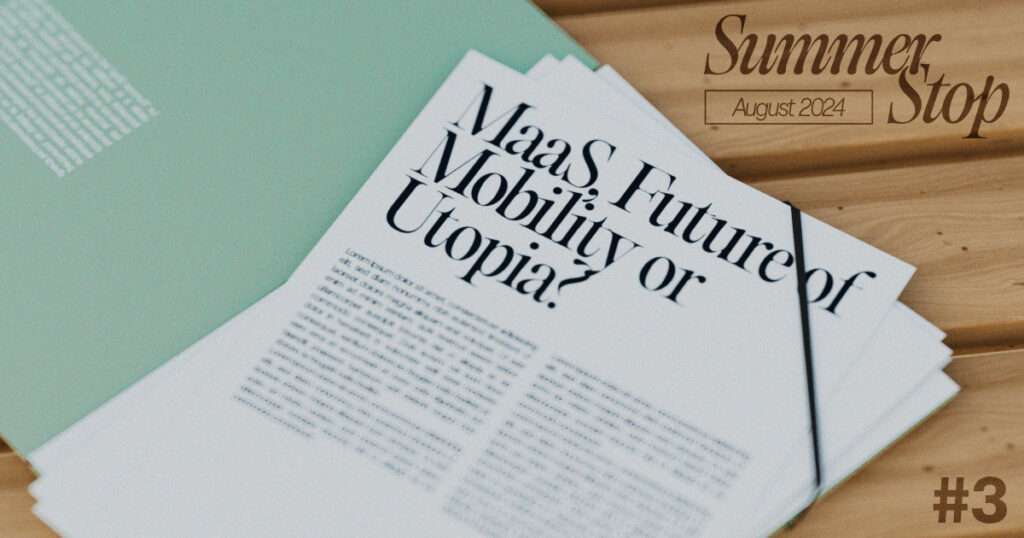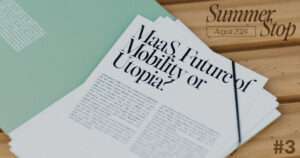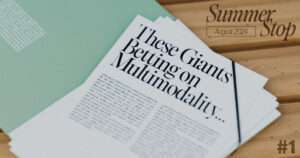“Mobility as a Service (MaaS)” starts from the fact that it is more and more difficult for users to not be lost around many mobility services available. The aim is so to include all mobility offers on a single platform. To do this, many players are developing mobile applications to simplify it for users. The aim is therefore to promote the use of soft mobility rather than individual vehicles. As an expert in Mobility as a Service, we have analyzed the different applications present in the French and European markets.

“Mobility as a Service”, more and more attractive
In a study conducted by Chronos and the Observatory on Society and Consumption in 2018, almost 59% of Europeans are interested in MaaS. The majority (44%) are interested in facilitating access to public transport. 35%, interested in finding other ways to move around and reducing the use of the private car. This study, based on 7000 people in 4 different countries (France, Spain, the United Kingdom and Germany), shows that Europeans are willing to use other alternatives to move around. But for this to happen, mobility must be simplified, notably through MaaS. While the MaaS market is currently worth 6 billion dollars, it is estimated that it will be worth 200 billion dollars by 2030. MaaS is therefore proving to be a buoyant market. A market that becomes essential to the lives of users, more and more urbanized.
However, it is important to define MaaS and these different levels. Joël Hazan, Nikolaus Lang and Hind El Abassi Chraibi, of the Boston Consulting Group have determined 4 levels of MaaS :
- Level 1 : “planning”. Here, the platforms coordinate the different modes of transport and create an itinerary from the available data.
- Level 2 : “planning + ticket sales”. At this level, in addition to having a personalised itinerary at their disposal, users can book different mobility services. The platforms take commissions on each sale.
- Level 3 : “planning + ticket sales + fares”. In this level, in addition to selling tickets, the platforms use customer acquisition strategies by offering “all-inclusive” pricing, for example.
- Level 4 : “planning + ticket sales + fares + incentives” Here, in addition to providing all the services mentioned above, the user will be encouraged to use a less energy-intensive mode of transport. They may also be encouraged, for example, to use public transport during off-peak hours. Thus benefit from reduced fares. There is a real emphasis on the use of soft mobility.
Many MaaS solutions in France
More and more cities, regardless of their size, are starting to develop MaaS applications for their transportation network. This is the case of the city of Annemasse in the Haute-Savoie department. Here, RATP developed the “TAC” application. It is a level 3 multimodal application, downloaded nearly 10,000 times from the Play Store. It enables users to plan their journeys within the Annemasse agglomeration and also to the city of Geneva thanks to the Léman Express. The application also allows the user to validate his or her transport ticket and to benefit from a season ticket allowing them to travel.
In Île-de-France, the “MaaX” application operated by RATP and Île-de-France Mobilités is still in the test phase. It should be launched soon. From this application, users will be able to plan their journeys by public transport, but also by bike and self-service car or even by VTC. They will also be able to pay for their car park from the application. A true centralized system, the application is designed to make life easier and simpler for residents of the Paris region. Especially since there is a wide range of transport options available. As the platform is intermodal, it will be possible to have a route combining several modes of transport.

On a more global level, the MaaS “Assistant SNCF” application tends to become a mobility player at the national level. Indeed, from the application, it is possible to plan, book and subscribe to several modes of transport. It includes trains, VTC or carpooling. It is also possible to validate one’s transport tickets in the RATP and CTS (Compagnie des Transports Strasbourgeois) networks. Already downloaded by more than 5,000,000 users on the Play Store, we can imagine that the application will conclude new partnerships with other public transport operators in other cities to extend its offer across the territory.
Many MaaS platform in Europe
A lot of mobility applications are in Europe. One of the best knowns is undoubtedly Whim. Sometimes called the “Netflix of mobility”, Whim is a Finnish application available in Helsinki, Vienna, Birmingham and Antwerp. From the application, users can plan, book and pay for their journeys by public transport. But it includes also trips by train, taxi or self-service bicycle. In particular, it offers monthly season tickets for its users, allowing them unlimited use of local public transport. Whim aims to expand its services to North America.

In Switzerland, the Zengo application is currently being tested. A partnership has been created between the Geneva public transport system and the Lausanne transport system. From the app, users will be able to take advantage of all the offers available in the city of Geneva and Lausanne. They will also be able to take the train linking the two cities. Zengo also has an exclusive subscription formula to join the two transport services of the city.
Another reference with the city of Utrecht, known for its heavy use of bicycles. It will also have a MaaS application, HelloGO, an initiative of the Keolis Group. It will provide the city with an application that allows residents to optimize and plan their journeys, using different means of transport. And also allow the dematerialization of its transport tickets.
Finally, the Belgian application, Skipr. It aims to become the reference application for the entire Belgian territory. Indeed, it centralizes all means of transport, personal, public and private. The application reviews different modes of transport adapted to the planned journey, and the user simply has to choose.
It is quite probable that over time, new MaaS applications will emerge. We can even think of an application that centralizes and simplifies journeys throughout Europe and why not throughout the world, using Lyko’s API to develop its MaaS solution.
To go further, download for free our in-depth analysis of 10 biggest MaaS applications and discover how they cover all the mobility needs of their users.






